Opinion: Why Lara Croft is my LGBT+ ally: ‘In the era of “The Lad”, Lara was all about being different’
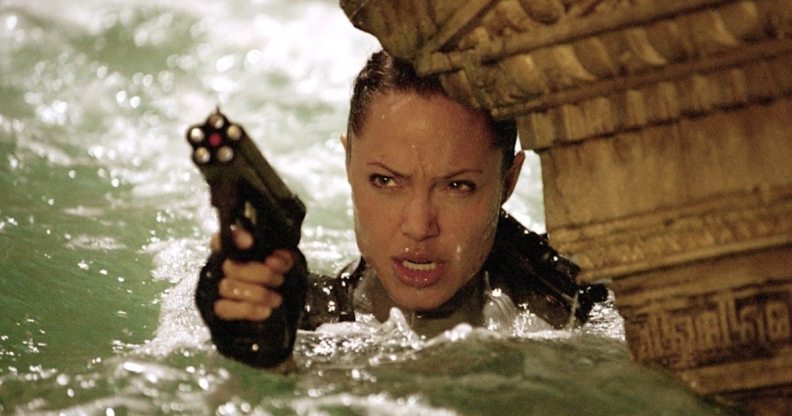
At first, Tomb Raider scared the living shit out of me.
It had creepy monsters and mercenaries that would leap out from the darkness, causing my 10-year-old self to leap clean off the computer chair.
But Lara Croft also had something deeper than shock value – the game had the air of an adventure movie. It had artefacts and archaeology and exotic locations, which appealed to both the adrenaline-lover and the avid geek in me.
In time, it turned out my fascination was about much more than just guns and tombs. Something about this story was different. It was all down to the leading lady.
Other action adventure games tended to sport a similar lead. Usually male; usually hyper-masculine; usually buff beyond all belief [Pause as I call my therapist to discuss the realisation that I’m describing most of my former boyfriends].
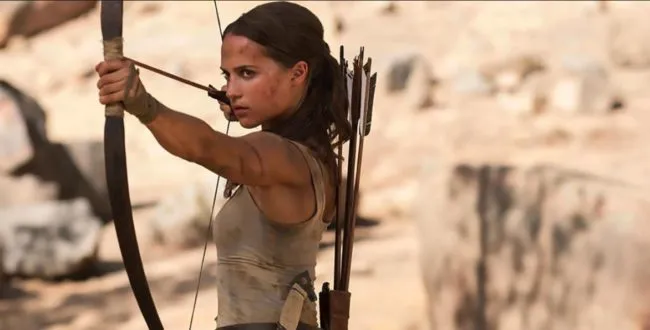
Lara, on the other hand, was a turquoise-clad breath of fresh air, but to me – growing up in a rural village and knowing inside I wasn’t much like the other lads – she represented something far more.
She was masculine aggression and drive but in a beautiful, sassy female form. She was smart. She was obsessed with ancient history.
She wasn’t afraid to embrace her academic side or her sexuality, even though this was something which was used shamelessly, and controversially, in subsequent Tomb Raider marketing campaigns.
I grew up with Lara in many ways. I looked forward to fresh instalments of the games and loved being immersed within them.
They were escapism in its purest form; ducking and diving through detailed levels, solving puzzles and learning a little about world history and mythology along the way, something I delved into with gusto when not trying to solve the secrets of Croft Manor or locking her butler gleefully in the fridge.
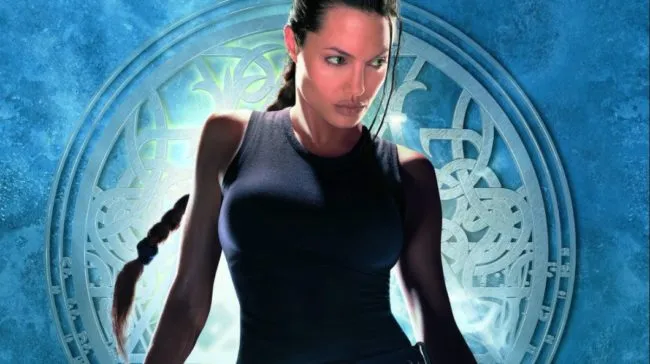
Outside the game I was bleakly stuck in the real world, in the mid-90’s – and it wasn’t very open to difference. “Gay” was still used primarily as an insult. The rise of geek chic was yet to happen and Lady Gaga was still waiting in the wings for the pop princess to end her bubble gum-fuelled reign.
This was the era of the “lad” – and it was not a time where I felt very welcome.
Lara, on the other hand, was all about being different. Although I loved character-driven video games, Lara was the closest thing to a fellow human I could see on-screen who I had anything in common with.
Beyond the pin-up image her marketing team at the time used to sell the games (and which I could conveniently hide behind) was someone else fascinated by the past, who could rock short shorts while running along the Great Wall of China. And she didn’t take any stick from the men, or women for that matter, in her world; whether they were draconic Mafiosi or lords of undead legions.
Her fearlessness and strength were inspiring to someone who, too often, felt maligned and bullied for something they couldn’t help or understand.
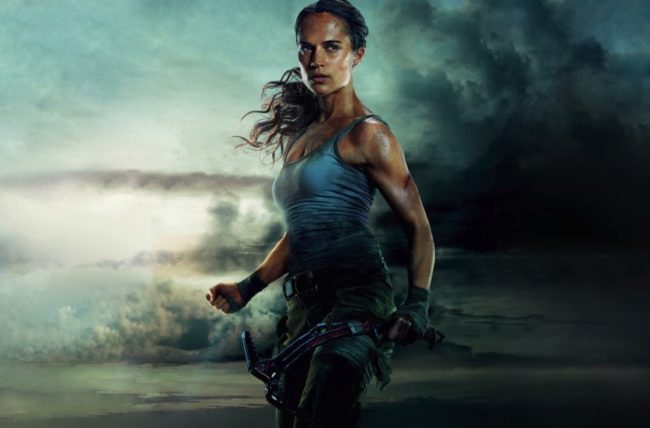
Lara was power in a world where I felt powerless. She made exploring the past, and through it exploring oneself, not just OK but exciting and downright sexy.
While Lara’s own sexuality has never been either confirmed nor explored in the games or films, she stood for many of the qualities which the LGBTQ+ movement needs. Perhaps it’s also right, then, that Croft’s own origin story is one of gender-bending.
Her creator, Toby Gard, originally designed Tomb Raider to feature a male lead. But the designs were deemed too similar to a certain whip-wielding cinema archaeologist, so Gard decided to break the mould and gave his star a sex change.
Breaking further with the conventions of the time, he strived to create a character which did not feature the same “bimbo” or “dominatrix” stereotypes to be found in other games. While met with some resistance, the idea was eventually embraced and Lara Croft was born.
And Lara remains as divisive a figure today as she did when she blazed onto the gaming scene in 1996. A quick drop into the London Gaymer’s Discord channel to discuss this topic resulted in a slew of mixed opinions on the character:
“She couldn’t be an LGBT ally,” argued one user, “she was marketed as a middle-class men’s sex object.”
Against the wishes of her creator, it should be noted.
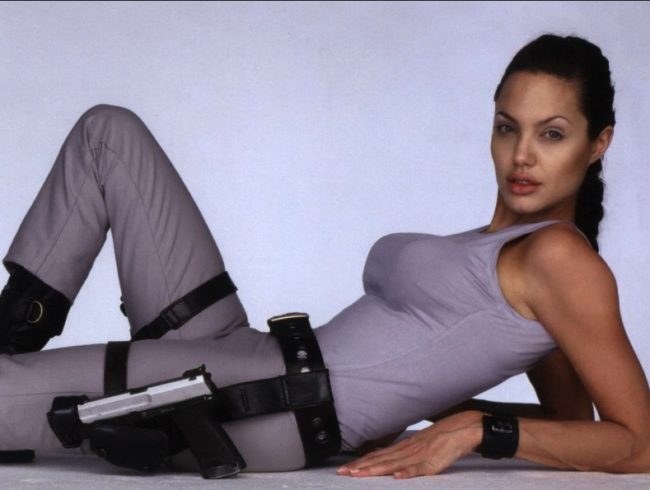
“She was the me I always wanted to be,” added another. “I’ve always felt an affinity to an intelligent, urbane female figure – especially one who commanded the kind of social authority that Lara did pre-reboot.
“Humanising her in the newest games is excellent from a relatability point of view, but I like to superimpose myself on the bolshy women who don’t suffer fools. A powerful woman, with a sense of her own agency, still feels a little transgressive even today, and I respect that.”
With a feature film on the screen and a new game, Shadow of the Tomb Raider, announced for a September 2018 release, it seems that Croft’s career is far from finished.
The little boy who followed Lara into her first tombs may have swapped rural village life for London, but I still get a thrill when I see the news that Lara is to have a new adventure.
While Lara broke many boundaries, I just wanted to break out, so I drew a lot from her as a character. I no longer have to hide who I am, but Lara will always represent strength and unapologetic individuality for me.
While she may not be the most obvious or iconic LGBTQ+ ally, I believe there are many others out there who will agree that Lara and her adventures provided an escape, a sense of self and a new meaning of what it meant to survive, even when the odds were stacked against you.
In that sense, I’ll always think of her as one.

